Lassonde Professor Isaac Smith receives two CSA grants to help prepare for future Mars exploration
Tags:

Space agencies across the globe share common goals, including sending humans to Mars for exploration missions and potential habitation. Before this can happen, a better understanding of Martian environments is needed to determine optimal landing sites, safe exploration zones, suitable water sources and more. Isaac Smith, assistant professor in the Earth and Space Science and Engineering Department at York University’s Lassonde School of Engineering and Canada Research Chair in Planetary Science, was recently awarded two grants from the Canadian Space Agency (CSA) to lead research that will support these objectives.
“I feel honoured to be the recipient of these awards. Earning one CSA grant is feels great, but two is something unique,” says Professor Smith. His funded research involves two projects that are highly focused on the main theme of his lab – ice.
Water ice is a critical resource that can support future human missions to Mars by serving as a source of drinking water or rocket fuel, making Martian regions that are abundant in icy deposits a primary target for future landing and exploration zones.
Preparing for Mars Ice Mapper Missions with Airborne SAR, Modeling and Ground Truth
Funding Program: Flights and Fieldwork for the Advancement of Science and Technology (FAST)
Research Team: Professor Isaac Smith and his students, Chimira Andres (PhD Candidate) and Ivan Mishev (PhD Candidate), Michael Daly, professor of Earth and Space Science and Engineering at Lassonde and his student Abi Lee (PhD Candidate), Denis Lacelle, professor of Geography at the University of Ottawa, Bernhard Rabus, professor of Engineering at Simon Fraser University, Laura Thomson, professor of Geography and Planning at Queen’s University.
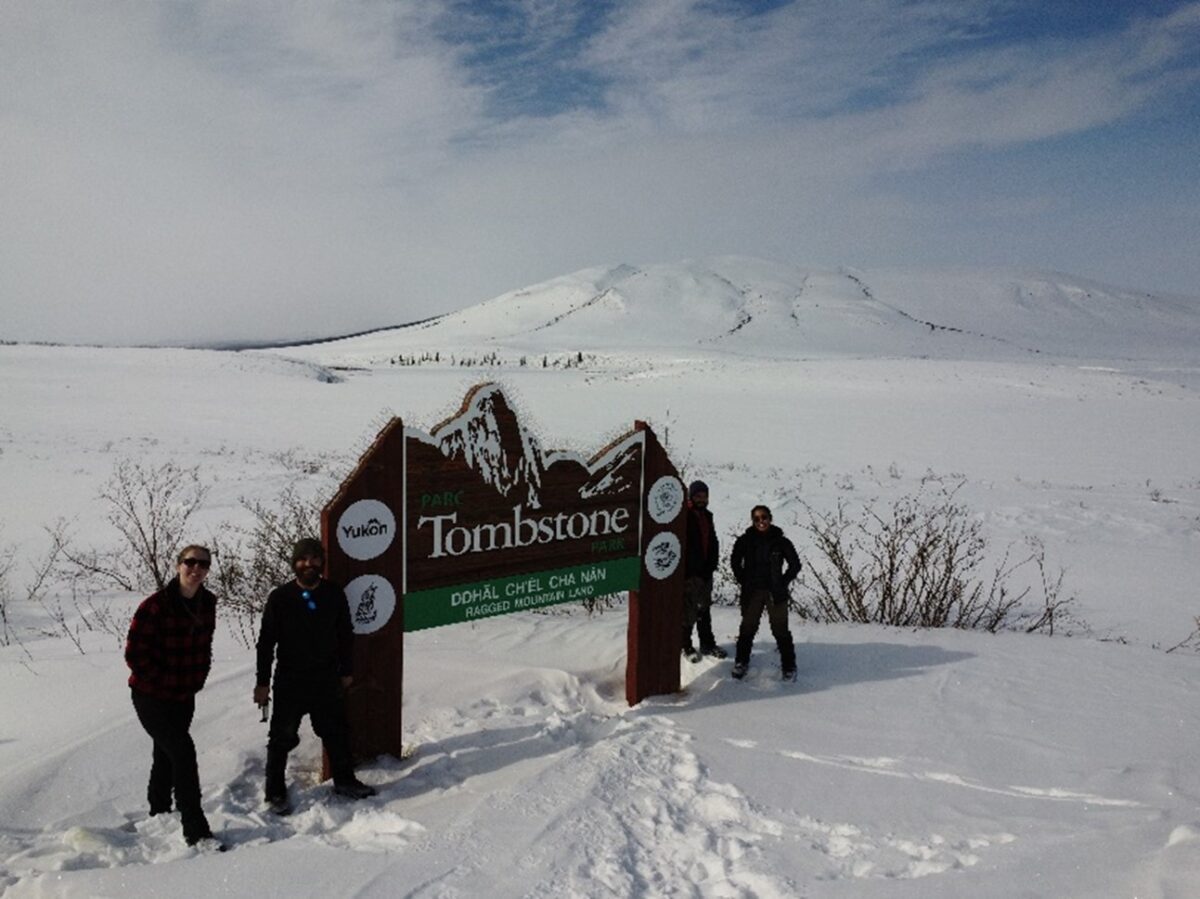
In April 2022, Professor Smith launched the first of his two funded projects, which focuses on demonstrating the feasibility and predicting the performance of a synthetic aperture radar (SAR) for detecting near-surface ice on Mars. Conducting airborne and ground-based fieldwork in Yukon, a region comparable to the environment on Mars, Professor Smith’s project will establish useful information about the SAR’s ability to positively identify ice deposits in the subsurface, while his research team characterizes the depth to, distribution and purity of detected ice. This work will help ensure the validity and best interpretations of data collected on Earth, with the goal of confidently extending these practices to data collected on Mars.
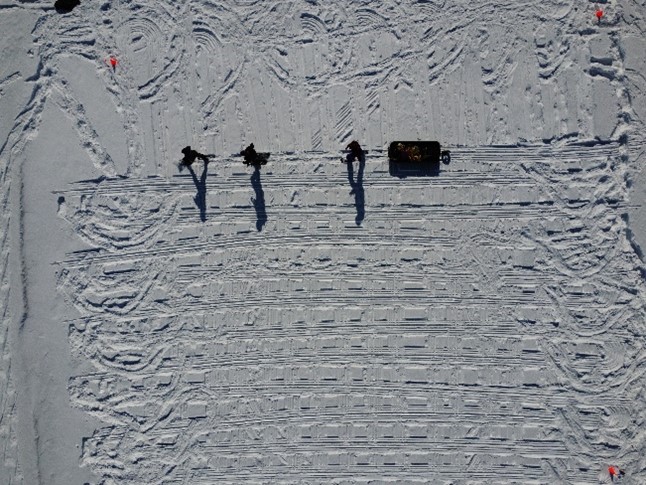
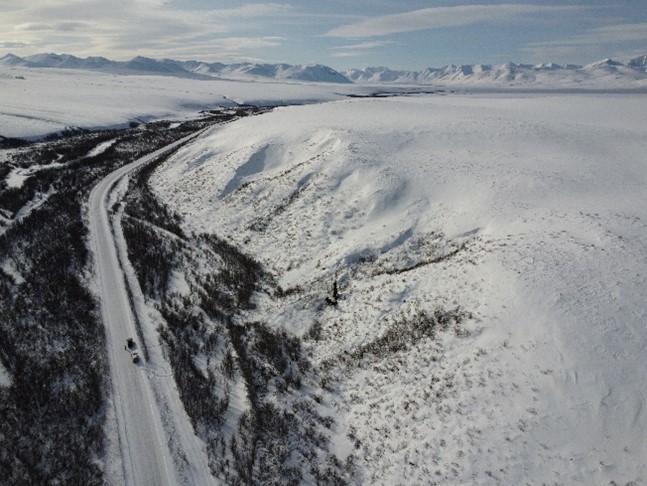
Knowledge gained from this project will directly support a large-scale robotic space mission led by NASA, the International Mars Ice Mapper, that focuses on developing a radar to help quantify specific characteristics of ice in exploratory Martian regions, supporting future planning of the first human missions to Mars. Professor Smith’s research, supported by Simon Fraser University’s airborne radar and conducted in Yukon, is specifically designed to mimic the equipment and activities that will be used for the International Mars Mapper mission to help determine the best practices for NASA’s radar and ensure confidence when analyzing collected information.
In addition, this work contributes to Martian research efforts at York University’s Centre for Research in Earth and Space Science (CRESS), which has been focused on expanding knowledge about Mars for more than two decades.
Investigating Phlegra Montes Ice and Valles Marineris Sedimentary Deposits Using Data from the Mars Reconnaissance Orbiter
Funding Program: Research Opportunities in Space Science (ROSS)
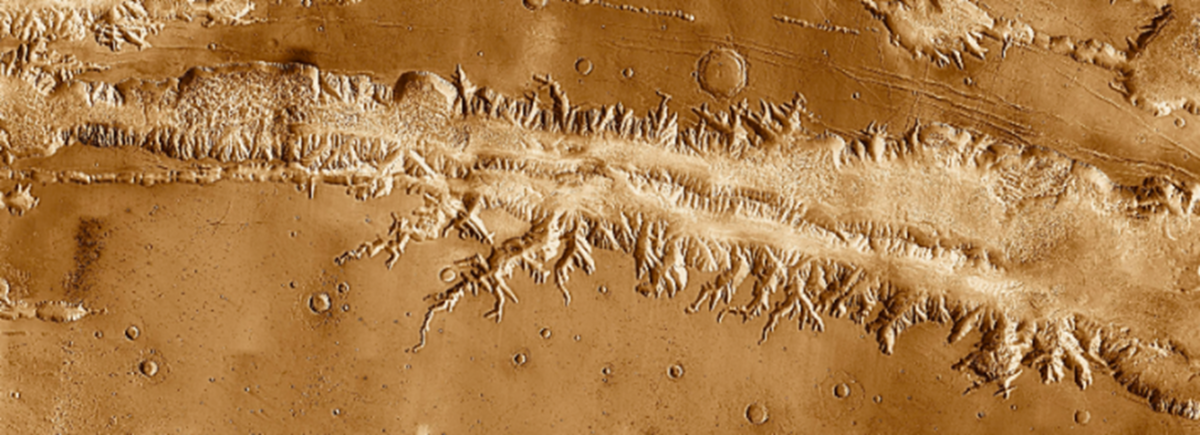
Guided by Professor Smith, graduate students Chimira Andres and Ivan Mishev (both PhD candidates) will analyze data to investigate two different Martian regions with deposits that indicate presences of water; Phlegra Montes, known for icy deposits, permafrost and glaciers, and Valles Marineris, a large canyon with sedimentary deposits on the rim that indicate ancient flowing water. As a co-investigator on the Mars Reconnaissance Orbiter (MRO), a NASA-led mission that aims to search for the existence of water on Mars, Professor Smith has access to data and resources that will allow his students to successfully investigate these regions and advance understanding of past and current climatic states on Mars. Analyzing Phlegra Montes is particularly important; it is one of the best options for future human exploration and possible habitation on Mars. This project will also directly target objectives from the MRO mission including the study of Early Mars: Environmental Transitions and Habitability, and Amazonian Ices, Volcanism and Climate.
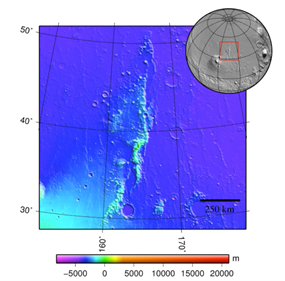
Both projects aim to advance current knowledge of Martian environments, supporting specific objectives from the International Mars Ice Mapper and NASA’s Mars Reconnaissance Orbiter. Beyond these objectives, Professor Smith’s work contributes to a pool of research that will progress NASA’s goal of sending humans to the Martian surface by the mid-2030s.
With the support of two CSA grants, Professor Smith demonstrates the impactful, interdisciplinary research that is conducted at Lassonde, while promoting an inclusive research environment through the opportunities he makes available to his graduate students. Experiential learning opportunities in the field are immensely important to graduate students at Lassonde. By working in prestigious partnerships with global space agencies, researchers from diverse faculties at educational institutions, and his talented graduate students, Professor Smith continues to seek and achieve monumental objectives in Martian research.